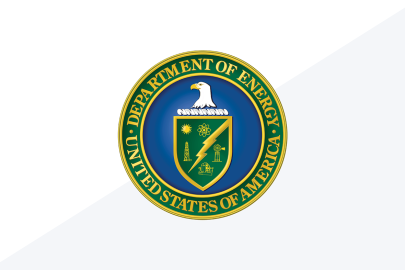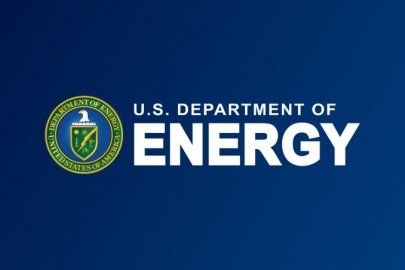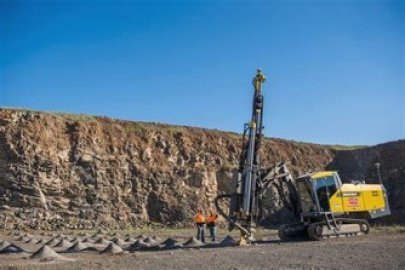FOA number: DE-FOA-0003109
Download the full funding opportunity: grants.gov
Funding Amount: $350,000,000
Background Information
On December 15, 2023, the U.S. Environmental Protection Agency (EPA) and the Department of Energy (DOE) announced a conditional commitment to 14 states to receive a total of $350 million in formula grant funding to help measure and reduce methane emissions, one of the biggest drivers of climate change, from the oil and gas sector. The funding will help states support industry efforts to cut methane emissions from wells on nonfederal lands and support environmental restoration of well sites.
In the United States, 30 percent of methane emissions come from the oil and gas sector, which increasingly has tools to slash leaks. Methane is a climate “super pollutant” that is many times more potent than carbon dioxide and is responsible for approximately one third of the warming from greenhouse gases occurring today. Rapid, sharp cuts in methane can generate near immediate climate benefits and are a crucial addition to cutting carbon dioxide in slowing the rate of warming of Earth’s atmosphere.
Through these investments, the Methane Emissions Reduction Program will help industry reduce waste, create new jobs in energy communities and realize near-term emission reductions – helping reach the nation’s ambitious climate and clean air goals. Monitoring and mitigating methane emissions from the oil and gas sector will benefit energy communities, which often include low-income and communities of color, and deliver long-lasting health and environmental benefits across the country.
Once all legal and administrative requirements are satisfied, funding received through the Methane Emissions Reduction Program will provide a combination of technical and financial assistance to states to help well owners and operators voluntarily identify and eliminate methane emissions from low-producing conventional oil and gas wells, also referred to as marginal conventional wells, with disproportionately high methane emissions. States can also use the funding to support environmental restoration of well sites and monitor the sites to verify that plugged wells are no longer emitting methane. EPA and DOE will also provide technical assistance to help states, industry, and other partners to implement cost-effective solutions to monitor and reduce methane emissions from these wells.
Selectees
The following state agencies received conditional funding commitments based on a participating state’s proportion of the total number of low-producing conventional wells in participating states on nonfederal lands:
- Texas Commission on Environmental Quality: $134,151,343
- Pennsylvania Department of Environmental Protection: $44,457,220
- West Virginia Department of Environmental Protection: $37,791,464
- California State Lands Commission: $21,913,688
- Ohio Department of Natural Resources: $19,941,597
- Illinois Department of Natural Resources: $17,367,009
- Louisiana Department of Natural Resources: $15,661,335
- New Mexico Department of Energy, Minerals, and Natural Resources: $14,656,151
- Kentucky Energy and Environment Cabinet: $12,912,198
- Colorado Department of Natural Resources: $12,608,270
- New York State Department of Environmental Conservation: $8,123,602
- Michigan Department of Environment, Great Lakes, and Energy: $5,022,306
- State of Utah Department of Environmental Quality: $2,750,115
- State of Virginia Department of Energy: $2,643,702
Additional Information
Sign up to get notified of new FECM funding opportunities and to stay current with our latest news.
Last Updated: December 18, 2023




